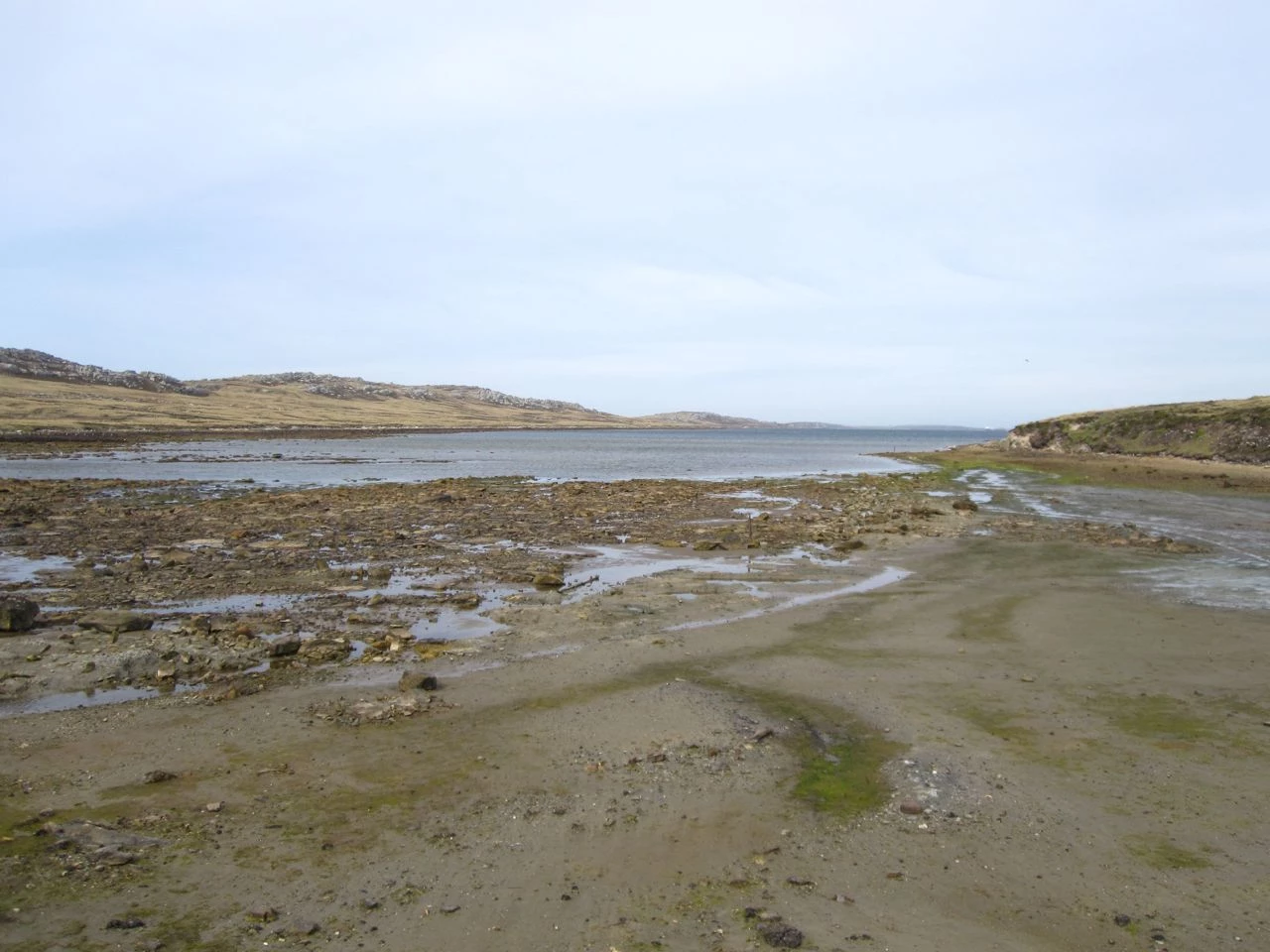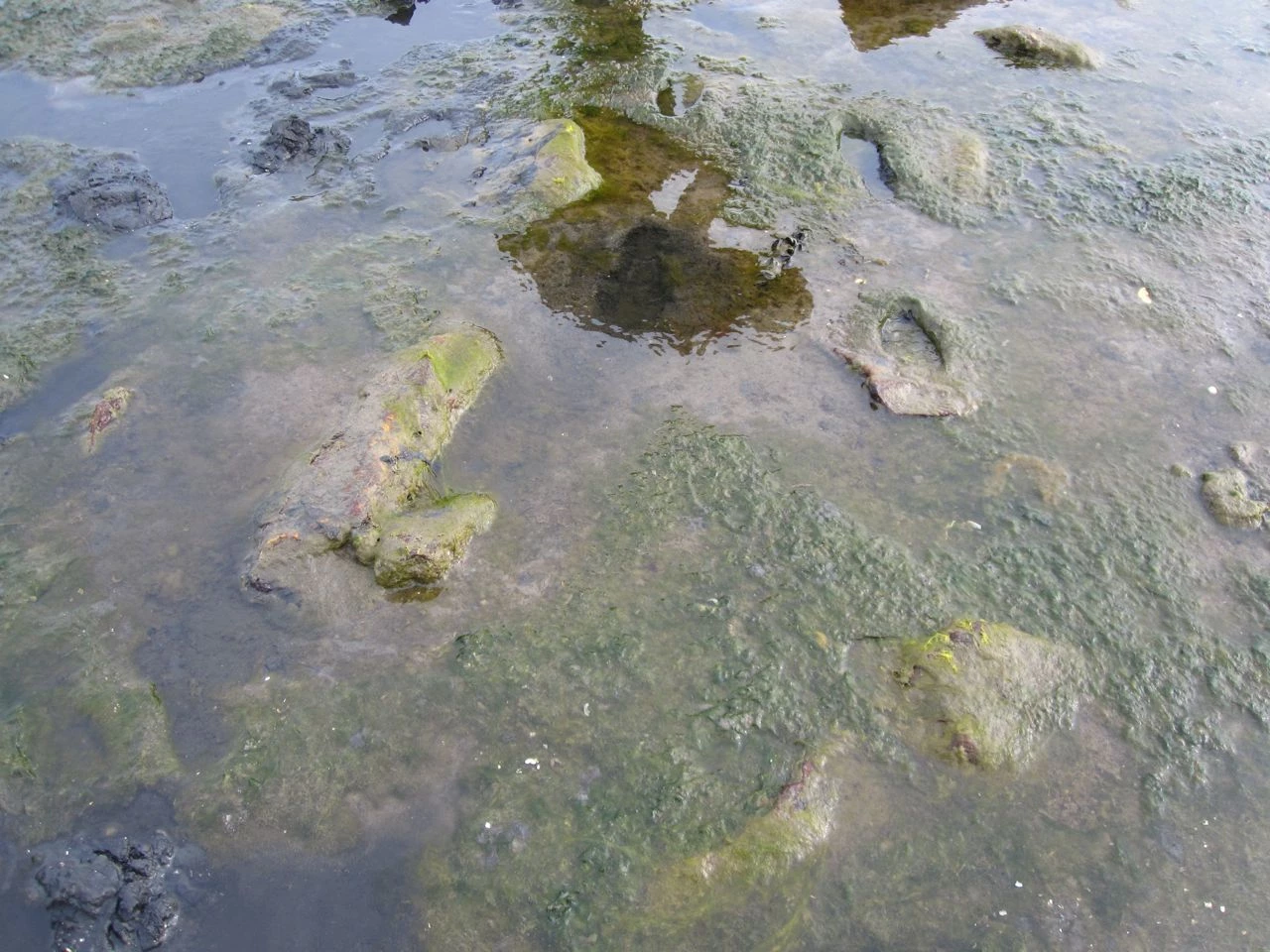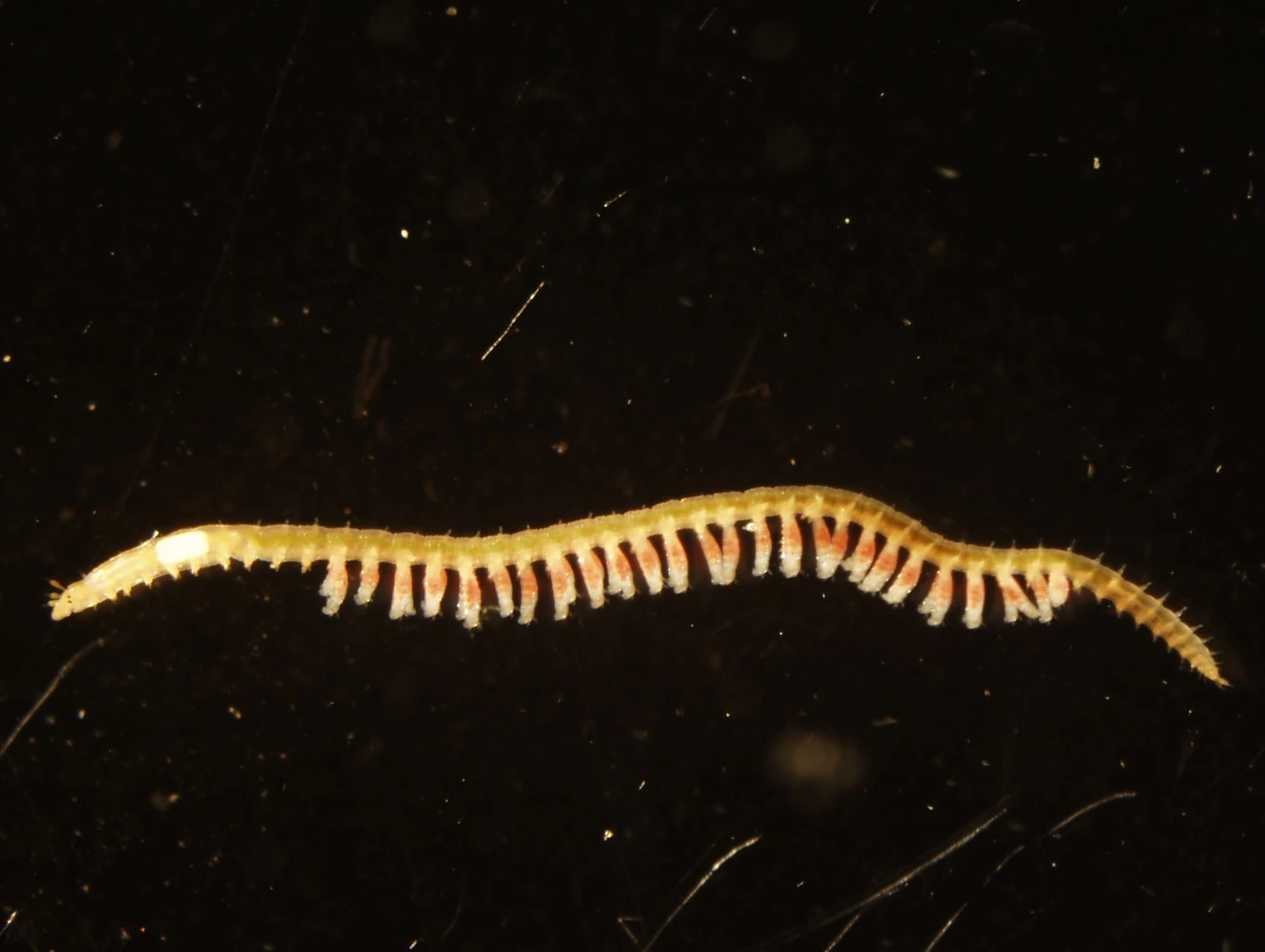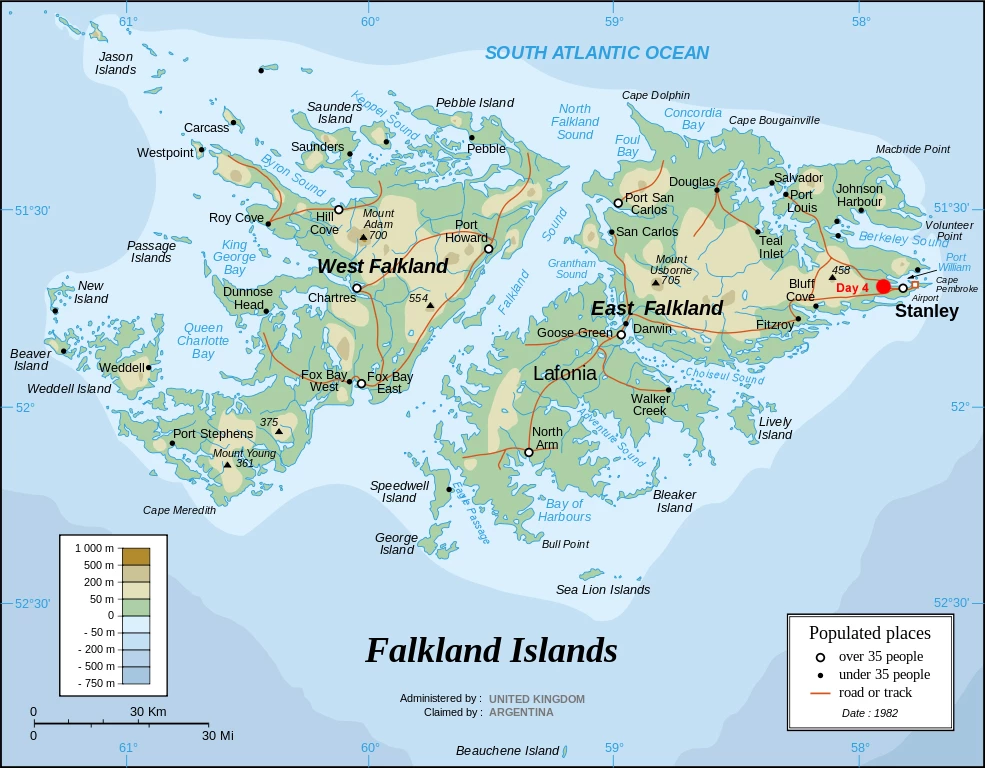Polychaete research in the Falklands by Teresa Darbyshire - Day 4
, 18 November 2011
Today I became connected to the rest of the Falkland Islands or at least became easier to find and for cheaper. Having had people trying to find me and failing yesterday, also sadly leading to a missed dive opportunity, I managed to buy a local SIM card for my phone and also unlock my phone in order to use it! Phone numbers here are short whether they are home or mobile, consisting of only 5 numbers. Well, I suppose the population just isn’t big enough to need anything longer! As well as meaning that those trying to help me out here actually can, this also now has the added bonus of personal safety in case I slip on some giant kelp while chasing a worm and injure myself (hopefully not) at least I can get someone to come and rescue me.
Tides are getting later and today’s was not until 1650. So around 3pm Freya and I headed down to Moody Brook (photo 1), a fantastically named area west of Stanley where a river joins the sea making a slightly estuarine region. I hoped to find a different brackish water fauna here but it didn’t seem to quite work out. The animals I was finding were not ones that I would associate with lower salinity water and in fact, the lower we got on the shore the more they looked like several we had found at previous sites. Some were different, more a product of the softer muddy sand than the salinity though. Our last sampling spot in fact, was so soft that it threatened to steal my wellies several times (photo 2). Luckily there were several rocks around as well to help lever myself back out with thanks to the spade.
We were getting pretty cold towards the end and trying to draw a map of the sampling sites with numb fingers certainly didn’t create artwork. It was windy before but it has definitely picked up and with a colder edge to it than before. Apparently it’ll be gale force by tomorrow and its certainly whistling round outside right now!
Investigations back in the lab showed that indeed several of the species were the same as those I had found before although in some cases this was very welcome as it provided additional numbers of animals that I had only found single numbers of before. Having multiple specimens of species is very important if you later need to describe a new species or just improve current descriptions. With only a single animal to work with you can never be quite sure if it truly represents the rest of the species or not as mutations can frequently occur.
I have noticed as well over the last few days that the worms here are doing what everything else at this time of year (spring in this case) is doing – reproducing! Many of the worms have eggs or larvae attached and I took this image (photo 3) of an animal called a syllid with all its larvae attached for safe-keeping giving it a very strange appearance.
Tides tomorrow are very awkward – do I go for the 5am or the 6pm? Early start or late finish… ?



